Chapter 9: Powering The Future: Energy Trading
Content:
I. Background
II. Current Electricity Flow
III. The Smart Grid
IV. Blockchain P2P Energy Trading
V. Pioneers
VI. Conclusion
VII. Bibliography
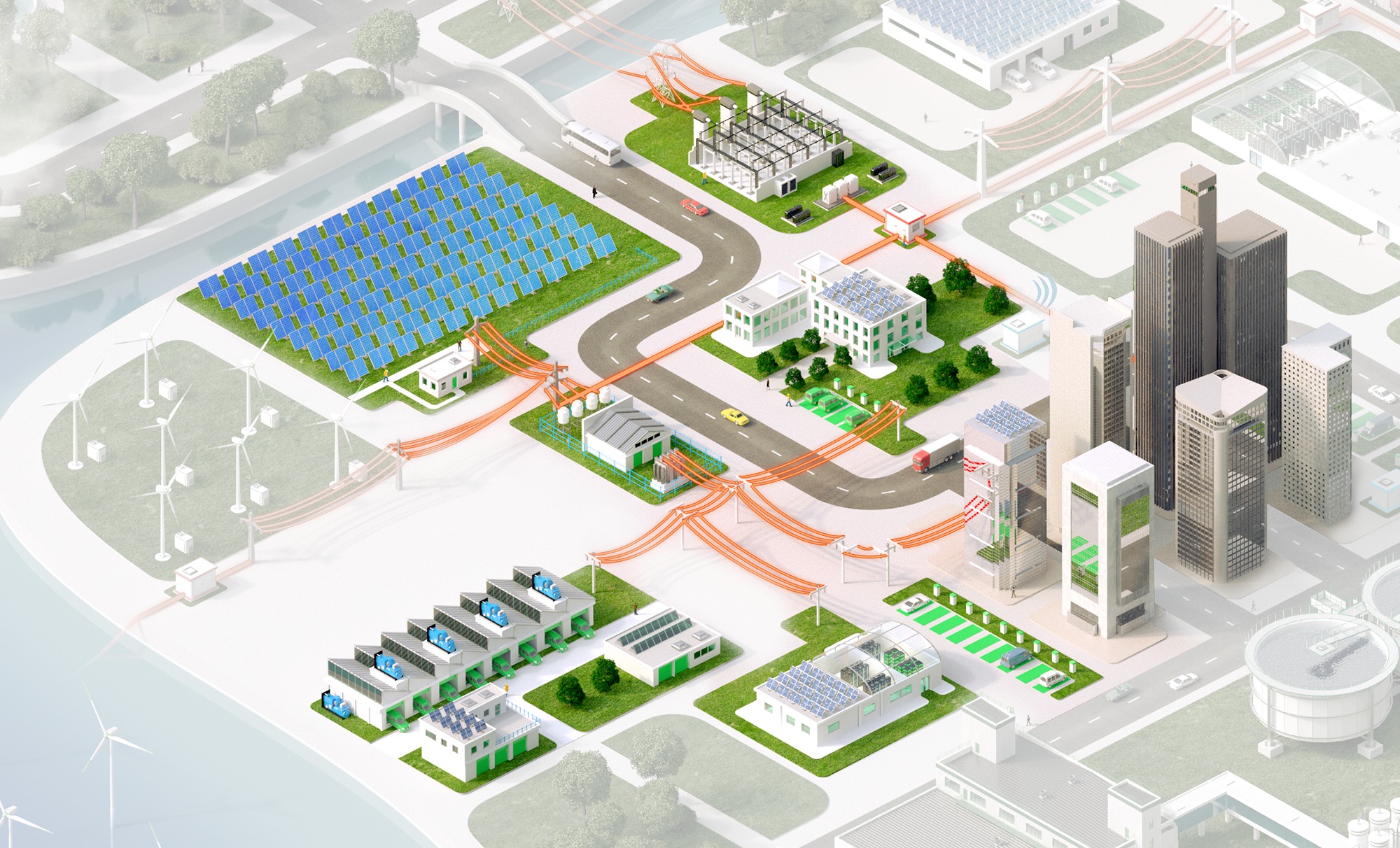
I. Background
In the previous chapter we talk about Solar Panel 101 and why is it more beneficial harnessing the natural energy of the sun. And in this chapter, it's all about how do we make it even better.
The discovery of Blockchain technology enables anything of value to be "Tokenized", later to be stored on the blocks and chained together. Moreover, anyone that has access to these blocks will be able to participate in the trading activities of that particular token, in this case is the "Energy Token".
Tokenization is the process of replacing sensitive data with unique identification symbols that retain all the essential information about the data without compromising its security.
The tracing element of this tech is not a new thing, we have been using it all along, in our grocery stores for fruits, shopping malls for clothes, schools for student ID, offices for employee ID, and anything that could be tokenized. however, what's new is the security and accessibility element of it. Essentially, it is a secured and distributed platform that allows us to trace, trade, and share anything of value.
This is an important discovery, why?
It originated from the growing concern of climate change. We all seen the catastrophic effect of unpredictable weather and natural disaster. It is very costly in every way possible.

This is why Blockchain could potentially act as both the prevention and solution to this problem. Ultimately, saving us time, money, and most importantly our beautiful life here on earth.
II. Current Electricity Flow
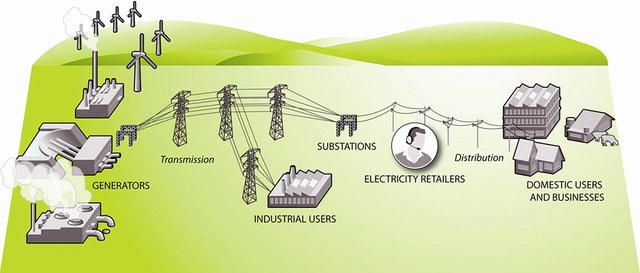
The electricity grid has grown and changed immensely since its origins in the early 1880s, when energy systems were small and localized. During this time, two different types of electricity systems were being developed: the DC, or direct current system, and the AC, or alternating current system. Competition between these two systems was fierce. Competing electric companies strung wires on the same streets in cities, while electric service for rural areas was ignored.
The electricity grid is a complex and incredibly important system, and one of the most impressive engineering feats of the modern era. It transmits power generated at a variety of facilities and distributes it to end users, often over long distances. It provides electricity to buildings, industrial facilities, schools, and homes. And it does so every minute of every day, year-round.
Key Components:
1. Individual Generators
- A variety of facilities generate electricity, including coal- and natural gas-burning power plants, hydroelectric dams, nuclear power plants, wind turbines, and solar panels.
2. Transmission Lines
- Transmission lines are necessary to carry high-voltage electricity over long distances and connect electricity generators with electricity consumers. Transmission lines are either overhead power lines or underground power cables
3. Distribution
- The distribution network is simply the system of wires that picks up where the transmission lines leave off. These networks start at the transformers and end with homes, schools, and businesses.
As technology changes and better options become available, significant improvements could be made to the electricity grid.
III. The Smart Grid
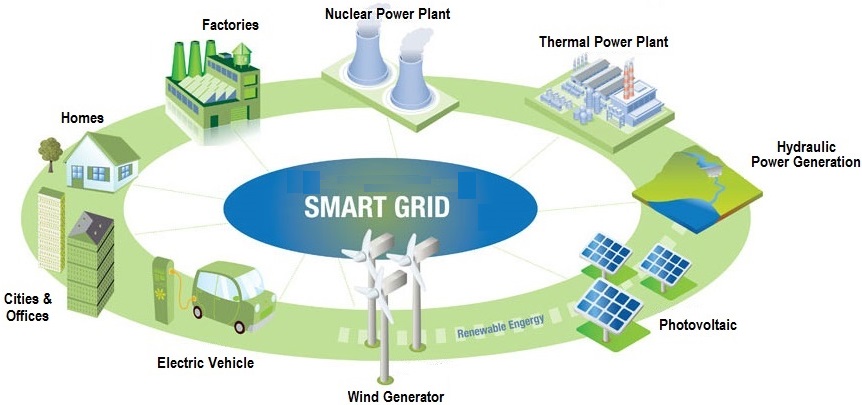
The move to a smarter grid promises to change the industry’s entire business model and its relationship with all stakeholders, involving and affecting utilities, regulators, energy service providers, technology and automation vendors and all consumers of electric power.
A smarter grid makes this transformation possible by bringing the philosophies, concepts and technologies that enabled the internet to the utility and the electric grid. More importantly, it enables the industry’s best ideas for grid modernization to achieve their full potential. The Smart Grid transforms the current grid to one that functions more cooperatively, responsively and organically
Under the Hood:
1. Visualization technology
- Enable the exploration of the state of the grid at the national level and switch within seconds to explore specific details at the street level. It will provide rapid information about blackouts and power quality as well as insights into system operation for utilities.
2. Advanced Metering Infrastructure (AMI)
- Enables consumer-friendly efficiency concepts like “Prices to Devices” , Energy is priced on what it costs in near real-time, price signals are relayed to “smart” home controllers or end-consumer devices like thermostats, washer/dryers and refrigerators – the home’s major energy-users. The devices, in turn, process the information based on consumers’ learned wishes and power accordingly. The house or office responds to the occupants, rather than vice-versa.
hence, the smart grid initiatives allows for the birth of Internet of Things (IoT), the network of physical objects that contain embedded technology to communicate and sense or interact with their internal states or the external environment. Powered by the Blockchain, IOT brings in a new kind of economy, "The Metering Economy".
IV. Blockchain P2P Energy Trading
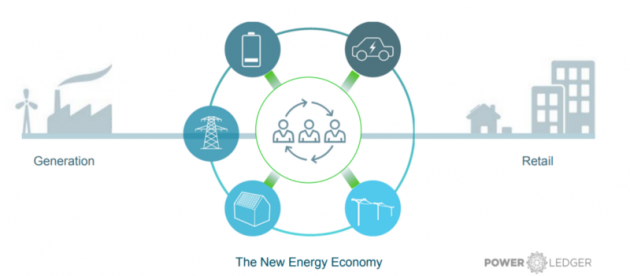
Through the application of Blockchain technology there is the opportunity to streamline internal processes and processes shared with external market participants. This can fundamentally change the landscape of energy and commodity trading.
Global technology revolution has changed the power balance between consumers and centralized power authorities. The booming market in Distributed Energy Resources (DER) like solar photovoltaic systems (PV), batteries, microgrids and embedded networks has moved the power balance from central authorities to the edges of the grid, to where citizens have control.
All that is needed to move the revolution into the mainstream is a model for energy trading that takes control out of the hands of central players and puts everyday citizens in charge of a co-created energy future.
Innovations:

1. Virtual Power Plant
- A Virtual Power Plant consists of a central IT control system and distributed energy resources (often renewable energy resources like solar, wind, hydropower, and biomass units) as well as flexible power consumers.
- By networking all participating units through a remote control unit, it establishes a data transfer between the central control system and the participating units. The central control system is then able to monitor, forecast, and dispatch the networked units.
2. Trustless Trading Platform
- A trading platform is a network that allows consumers to sell energy to their peers in a trustless environment.
- It is a new component of the distributed economy that allows consumers to realize the value of their investment in DER by allowing them to monetize their excess energy in much the same way as Uber and AirBnb allow people to monetize their cars and spare rooms.
- Blockchain-enabled P2P energy trading will transform energy networks into trading platforms and invoke a trans-active economy that moves away from bilateral retail arrangements to multi-lateral trading ecosystems, preserving networks’ relevance to consumers.
3. Smart Contract
- Smart contracts can exchange money, property, shares or anything of value in a transparent, conflict-free way, while avoiding the services of a middleman
- Smart contract technology can be compared to that of an automated vending machine. With a vending machine, money is deposited into the vending machine and the desired item drops for collection, provided that the correct amount is deposited.
- Smart contracts not only define the terms and conditions around an agreement in the same way that a traditional contract does, but also provide enforcement of those obligations
V. Pioneers:

Website: https://powerledger.io/
The Power Ledger Platform is the Ecosystem that enables interoperability between diverse market management/pricing mechanisms and units of electricity (kWh) by way of pre-purchased tokens.
The Power Ledger Platform provides a transparent governance framework that allows the Ecosystem to seamlessly interface with energy markets around the globe, bringing innovation and a wide range of network benefits to consumers.

Website: https://wepower.network/
WePower is a blockchain-based green energy financing and trading platform. It connects energy buyers (households and investors or market makers) directly with the green energy producers and creates an opportunity to purchase energy upfront at below market rates. WePower uses energy tokenization to standardize, simplify and open globally the currently existing energy investment ecosystem.
Energy tokenization ensures liquidity and extends access to capital. Moreover, it provides the first access to live trade in renewable energy globally for everyone. With a possibility to be integrated with IOT for purchase or exchange of energy as a base layer of the digital energy world, WePower will lead decentralized energy transformation.
Platform Applications:
1. P2P Trading
- Gives retailers the ability to empower consumers (or in an unregulated environment, the consumers themselves) to simply trade electricity with one another and receive payment in real-time from an automated and trustless reconciliation and settlement system.
2. Neo-Retailer
- This class of Platform Application provides Neo-retailers with smart demand and supply management, along with almost instantaneous remuneration and payment settlements while managing consumer exposure to the risk of non-supply
3. Microgrid/Embedded Network Operator
- This type of Platform Application enables electricity metering, big data acquisition, rapid micro-transactions, and grid management at an unprecedented granular scale
4. Wholesale Market Settlement
- This Platform Application class offers rapid low-cost and transparent dispatch optimization and management, data aggregation, reconciliation, and settlement for wholesale energy marketplaces
5. Autonomous Asset Management
- This current Platform Application allows for (1) shared ownership of renewable energy assets and (2) trading renewable asset ownership. The AA is able to buy and sell its own electricity and distribute its income to assigned wallet addresses.
6. Distributed market Management
- This Platform Application provides optimized metering data, the collection of big data, right to access and dispatch of assets, rapid transaction settlement, network load balancing, frequency management, demand side response, and demand side and load management. The optimization of network assets is made viable by the near real-time remuneration of asset owners
7. Electric Vehicles
- This class of Platform Application facilitates real time metering data (interfacing with the Open Charge Point Protocol (OCPP)), collection of data, user identification and rapid transaction settlement.
8. Power Port
- A class of Platform Application whereby virtual pipeline and roadside assistance type assets may be automated via the platform, such as EVs, and can provide a mobile storage discharge facility maintaining energy supplies to predominantly self-sufficient energy consumers
9. Carbon Trading
- This Platform Application class offers smart contracts for carbon traders to assure digital transactions across organizations: credibility of asset using immutable distributed ledger technology; and transparency and auditability. It supports reporting and surrendering of carbon credits or certificates to regulatory authorities.
10. Transmission Exchange
- In the management of transmission networks, the Platform can provide real time metering data, collection of big data, right to access and dispatch assets, rapid transaction settlement, and network load balancing, responding to non-stationary energy.
VI. Conclusion
Energy trading between citizens brings humanity to the energy system. Instead of faceless traders hedging their positions, citizen utilities return profits to communities, incentivize community investments in generating assets, and allow the sharing or gifting of energy. Ultimately, as dynamic distributed energy markets become mainstream, any DER Households can earn an income, not just from the energy they sell but from the network services they provide. Hence, "The Metering Economy" was born.
Human energy will change the face of the energy system because instead of being focused solely on profits, it will focus on the broader needs of communities, on aspirations for independence and co-creation, and the long-term sustainability of energy creation and consumption.
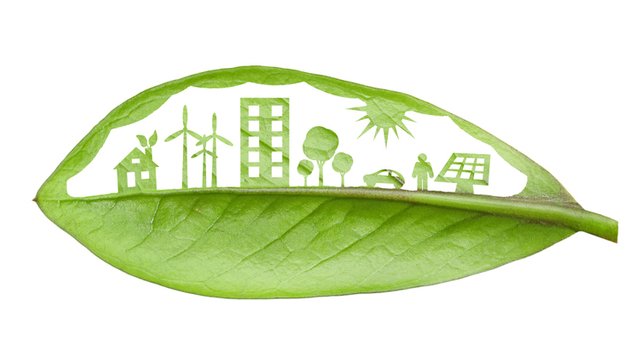
VII. Bibliography
https://www.energy.gov/sites/prod/files/oeprod/DocumentsandMedia/DOE_SG_Book_Single_Pages%281%29.pdf
https://medium.com/@sebnem/token-model-for-energy-part-3-token-design-thinking-64f7e3d18c30
https://drive.google.com/file/d/0B_OW_EddXO5RWWFVQjJGZXpQT3c/view